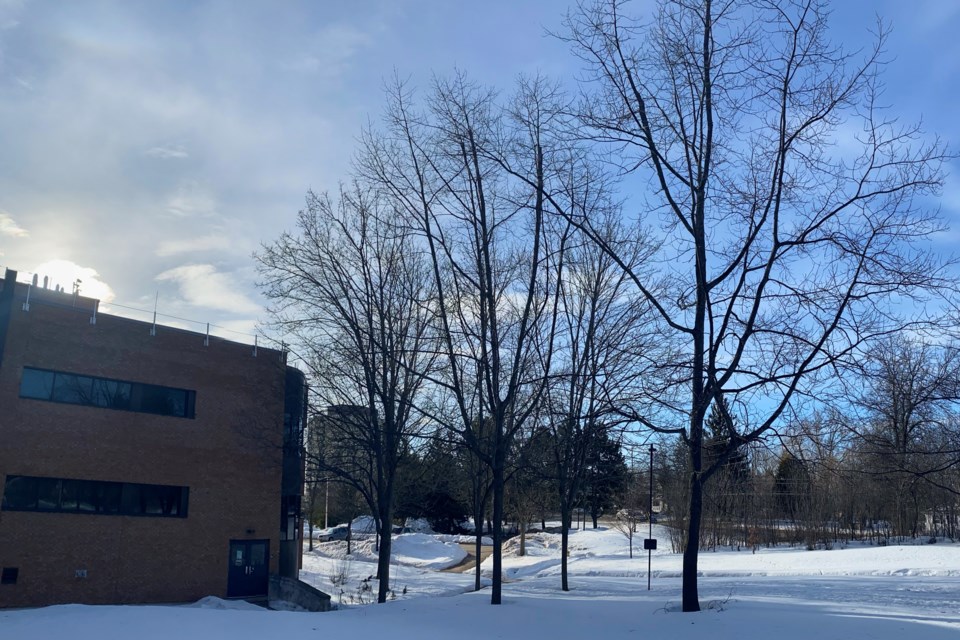City officials are assembling a task force to identify local heritage trees worthy of protection.
"Heritage trees are trees that are considered to be culturally and/or historically significant," says Virginia McLeod, the city's manager of recreation and culture.
"Heritage Trees can be protected under the Ontario Heritage Act Section 29 and has the same process for designation as a heritage property," McLeod said in a report prepared for this month's meeting of the municipal heritage committee.
"Also, trees can be registered under Forests Ontario’s heritage tree program, which is done by nominating a tree."
Expected to join McLeod on the task force are parks manager Travis Reid and senior planning technician Toni-Marie Striecher.
A typical proposal to designate a tree under the Ontario Heritage Act includes the following:
- description of property: the tree’s location, dimensions, age and other notable physical features.
- design value/ physical value: Information on the tree’s physical attributes including but not limited to species of tree, age and dimensions
- historical, associative value: Information on the historical background of the tree and historical people/events associated with the tree or other historical facts about the tree
- contextual value: The context on why the tree is important either historically or culturally. Description of heritage attributes: a description of the parts of the tree that hold the most historical/cultural value.
After a tree has been selected, a notice of intent to designate is sent to the property owner and published in a local advertisement.
Any objections must be registered within 30 days of the initial notice of intention to designate.
If the notice isn't withdrawn or opposed, city council must then pass a bylaw to designate the property.
McLeod says the process for designation under the Forests Ontario Heritage Tree Program allows anyone to nominate a tree with permission from the landowner.
"The criteria that Forest Ontario uses to determine if a tree is a heritage tree is slightly different with the tree’s association with a historical person/event or the tree is growing on historically significant land, in addition some consideration is made for the tree’s prominence in the community or use as a landmark."
"The heritage trees candidates are also assessed by physical features of the tree along with other factors such as rarity and age by volunteers of the forest industry."
Local trees believed potentially worthy of heritage designation include some majestic white elms near the west side of the Great Lakes Forestry Centre at 1219 Queen St. E.
Most of Ontario's white elms were wiped out when Dutch elm disease hit the province hard in the late 1960s.
Toronto lost 80 per cent of its white elms to the outbreak.
The white elm was one of Ontario's largest native trees before the disease arrived, but some isolated survivors have trunks greater than 4.5 metres in circumference.
One well-known elm specimen cited in McLeod's report was Henry the Elm Tree in Caledon, Ontario:
"Prior to an outbreak of the Dutch elm disease in North America, elm trees were common along roadsides due to their appearance and ability to tolerate different soils and the longevity of the tree. Henry as a rare survivor of Dutch elm disease represents an early period of horticulture in Canada and the effects of Dutch elm disease on the elm trees of the area."
"Due to the rarity of elm trees in the area, Henry has also become a local landmark appearing on the community’s map and being feature in several paintings and an article on remarkable trees."
White elms are found throughout the Algoma region.
A 2003 listing of Ontario's largest trees recorded the province's 'champion' white elm as a 37.5-metre high, 151-centimetre diameter specimen in Algoma's Nicolet Township.
Size is not an accurate indicator of a tree's age.
Click here to learn more about how to recognize an old tree.
